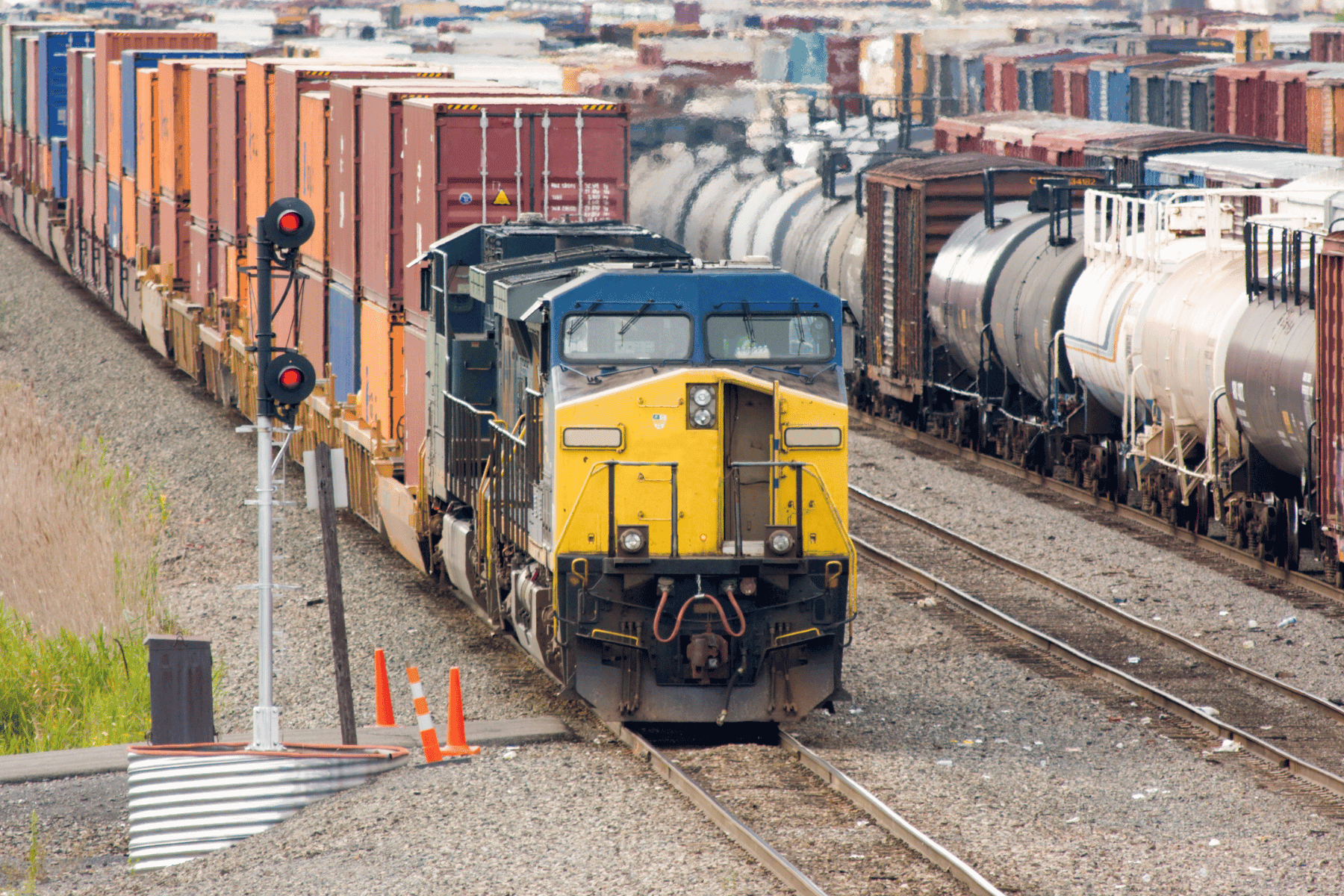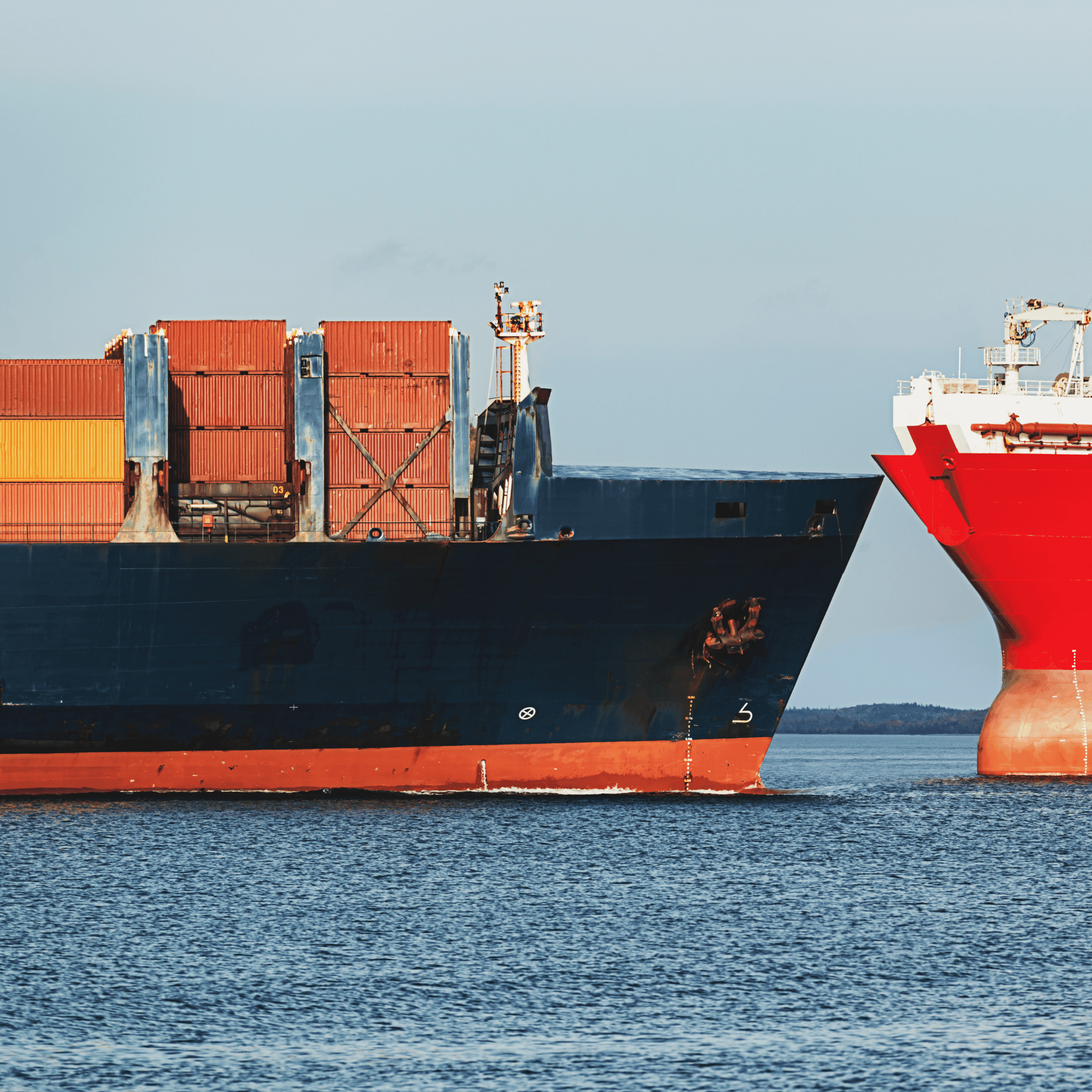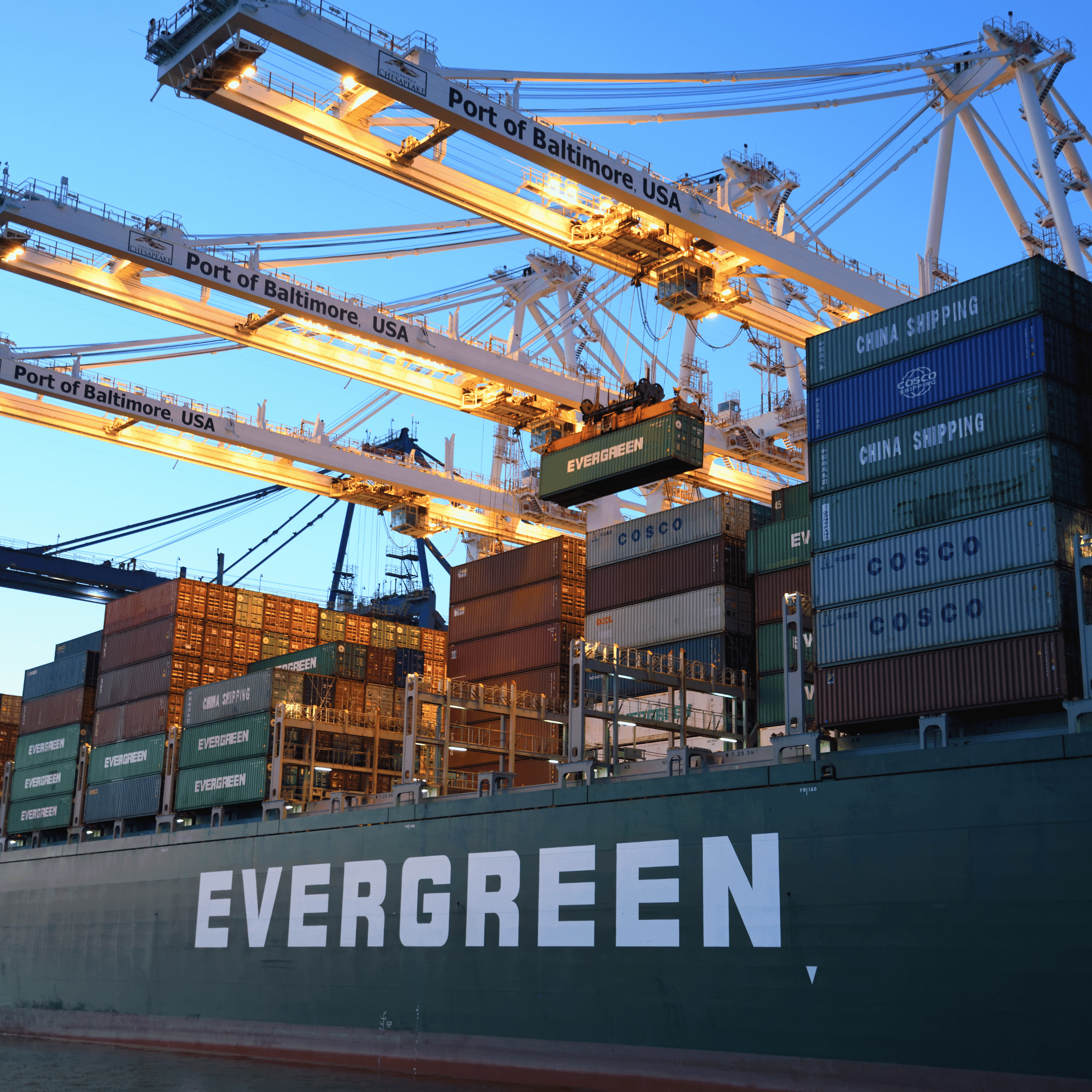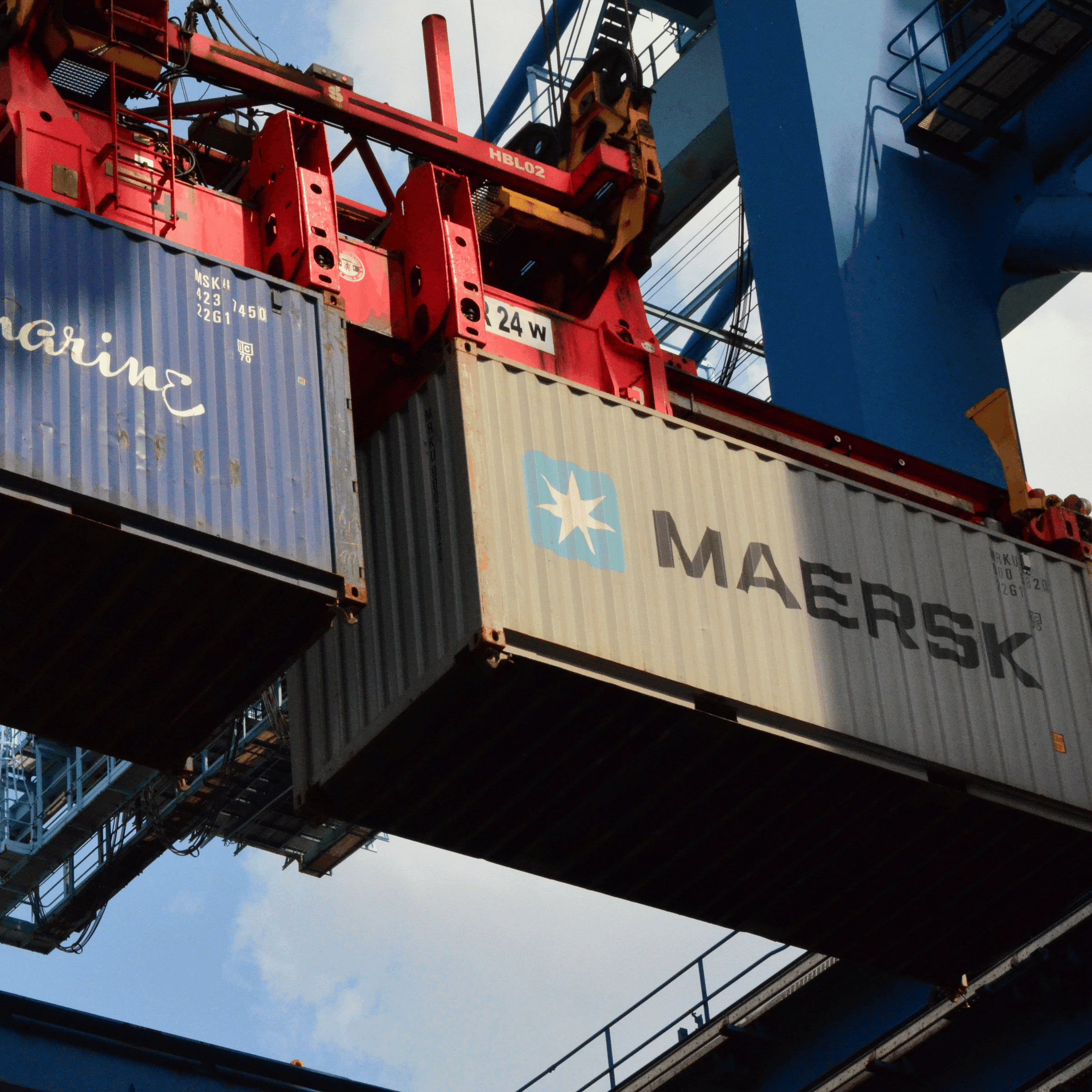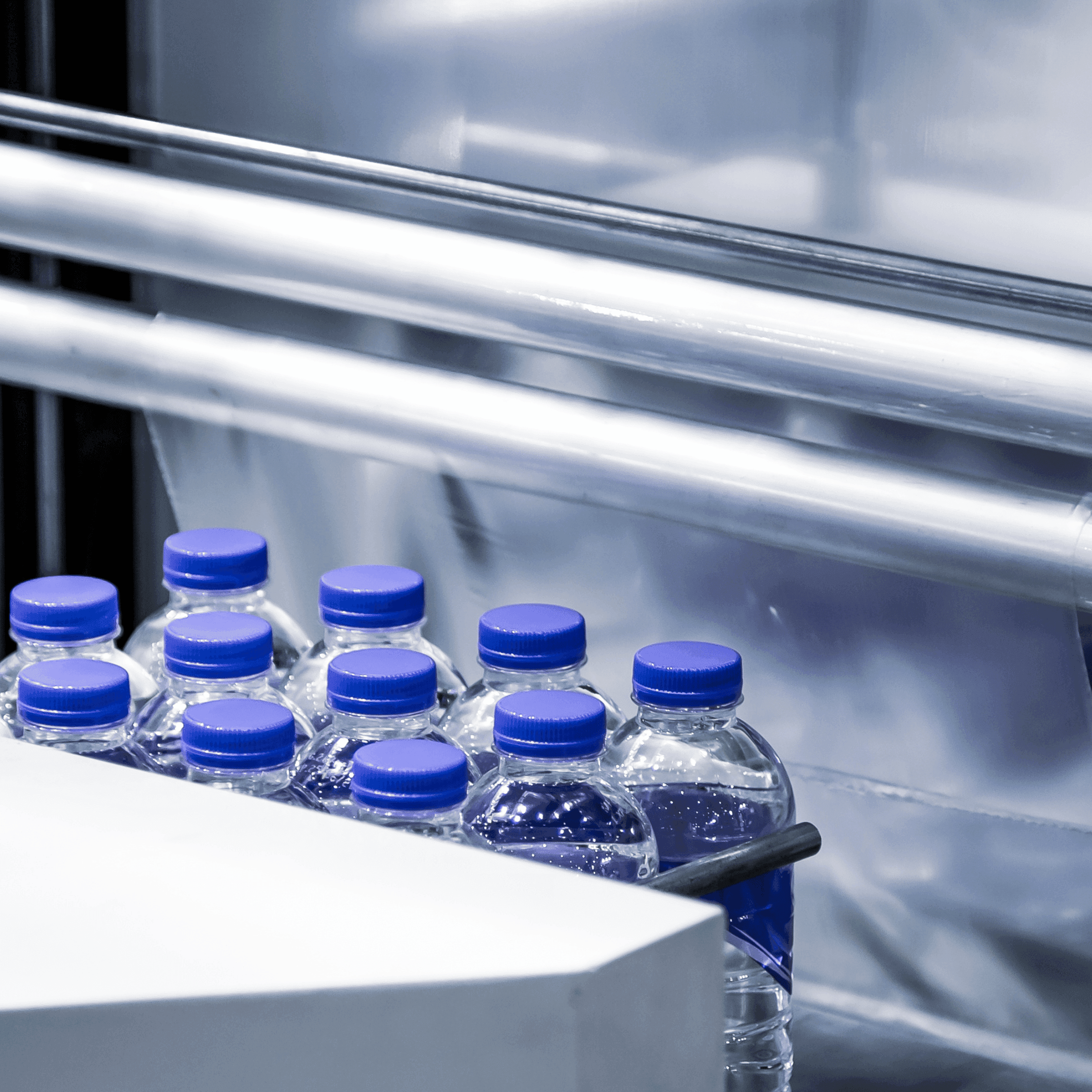The revival of rail freight is a significant development in modern logistics, marked by a combination of technological innovations, environmental considerations, and efficiency improvements. Here’s a comprehensive overview:
Built-in Advantages and Innovations
Rail freight possesses inherent benefits that make it an optimal choice for moving bulk cargo, especially in the U.S. It’s more environmentally friendly, can transport more tonnage per trip, and is particularly suited for specific goods like crude oil.
Technological Advancements
Positive Train Control (PTC): Implemented across all Class I trackage in the U.S., PTC is a modernized signaling system that enhances safety and efficiency by automatically preventing collisions and derailments.
Battery-Powered Locomotives: Advances in power sources include battery-powered locomotives, which have shown significant reductions in fuel consumption, making rail freight even more sustainable.
Precision Scheduled Railroading (PSR): Most Class I freight train companies in the U.S. have adopted PSR, a practice that operates freight rail on fixed schedules, optimizing train capacity and ensuring timely deliveries.
Energy Efficiency
Rail freight is nearly ten times more energy-efficient per ton-mile than trucking. This efficiency is due to hybrid diesel-electric motors, reduced friction from steel wheels on tracks, and the ability to transport more freight per locomotive.
Suitability and Economic Considerations
While some freight is more suitable for trucks, especially for last-mile deliveries, rail freight offers substantial economic advantages. However, this is sometimes overshadowed by tax and subsidy structures favoring trucks. Trucks, while paying fuel taxes, don’t fully cover the cost of their wear and tear on roads. In contrast, rail freight companies pay various taxes but receive minimal infrastructural support. Advocates suggest shifting a significant portion of heavy truck freight to rail, with trucks handling only the final leg of transportation.
Challenges and Future Outlook
Despite its growth, rail freight faces competition from trucks, airports, and pipelines, as well as internal challenges such as cost increases. However, it’s projected to see a 60% increase in tonnage between 2015 and 2027.
Key Companies Utilizing Rail Freight
Several major companies use rail freight for logistics, demonstrating its widespread adoption across different regions:
North America:
Union Pacific Railroad
Canadian National Railway
Norfolk Southern Railway
BNSF Railway
Canadian Pacific Railway
Europe and Asia:
DB Cargo
Russian Railways (RZhD)
Swiss Federal Railways
SNCF (French National Railway Company)
Indian Railways
Japan Freight Railway Company (JR Freight)
Global Logistics Companies:
DHL
United Parcel Service (UPS)
Conclusion
The rail freight revival is driven by its environmental friendliness, increased efficiency through technological advancements, and cost-effectiveness. Despite challenges, it is poised for significant growth and remains a critical component of global logistics networks. The involvement of major logistics and national railway companies underlines its importance in the modern transportation landscape.

